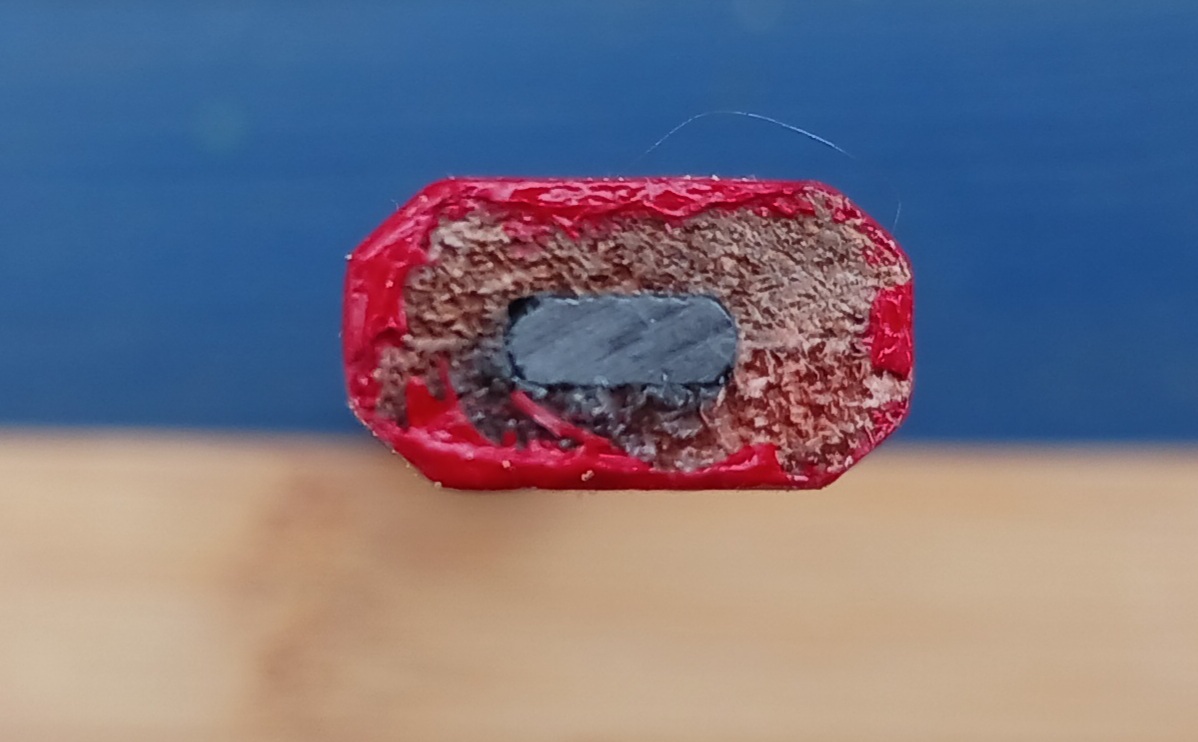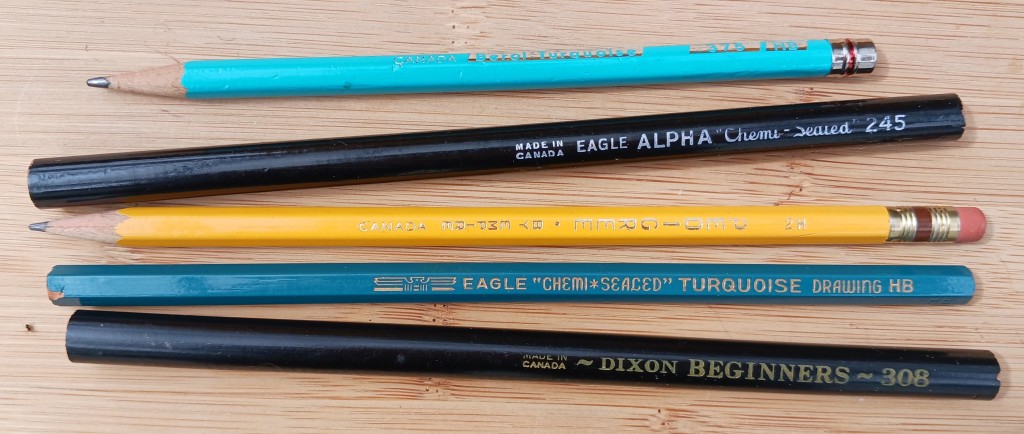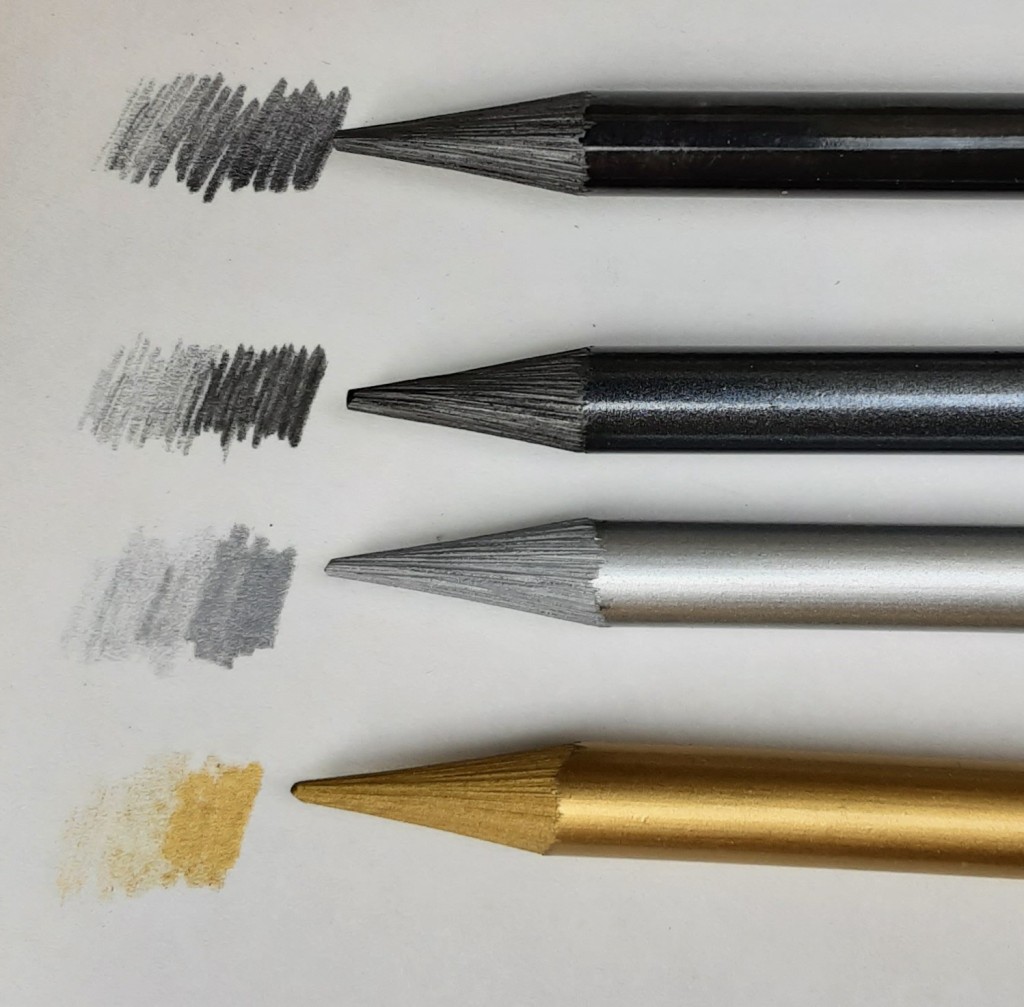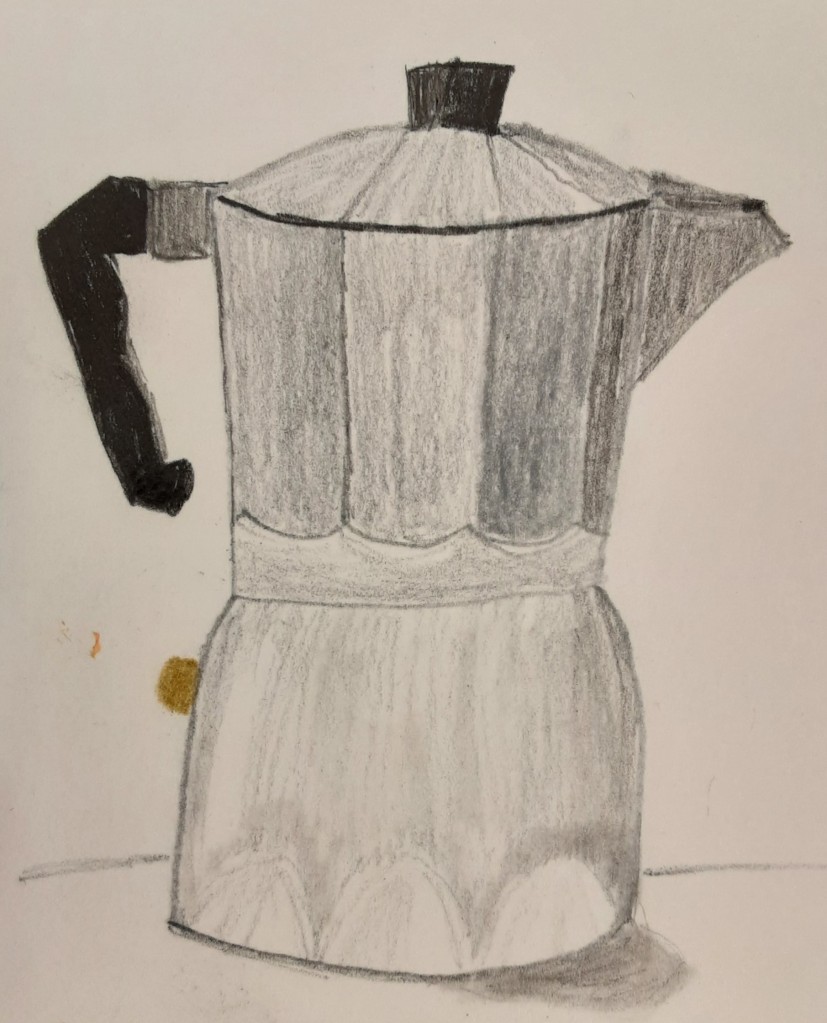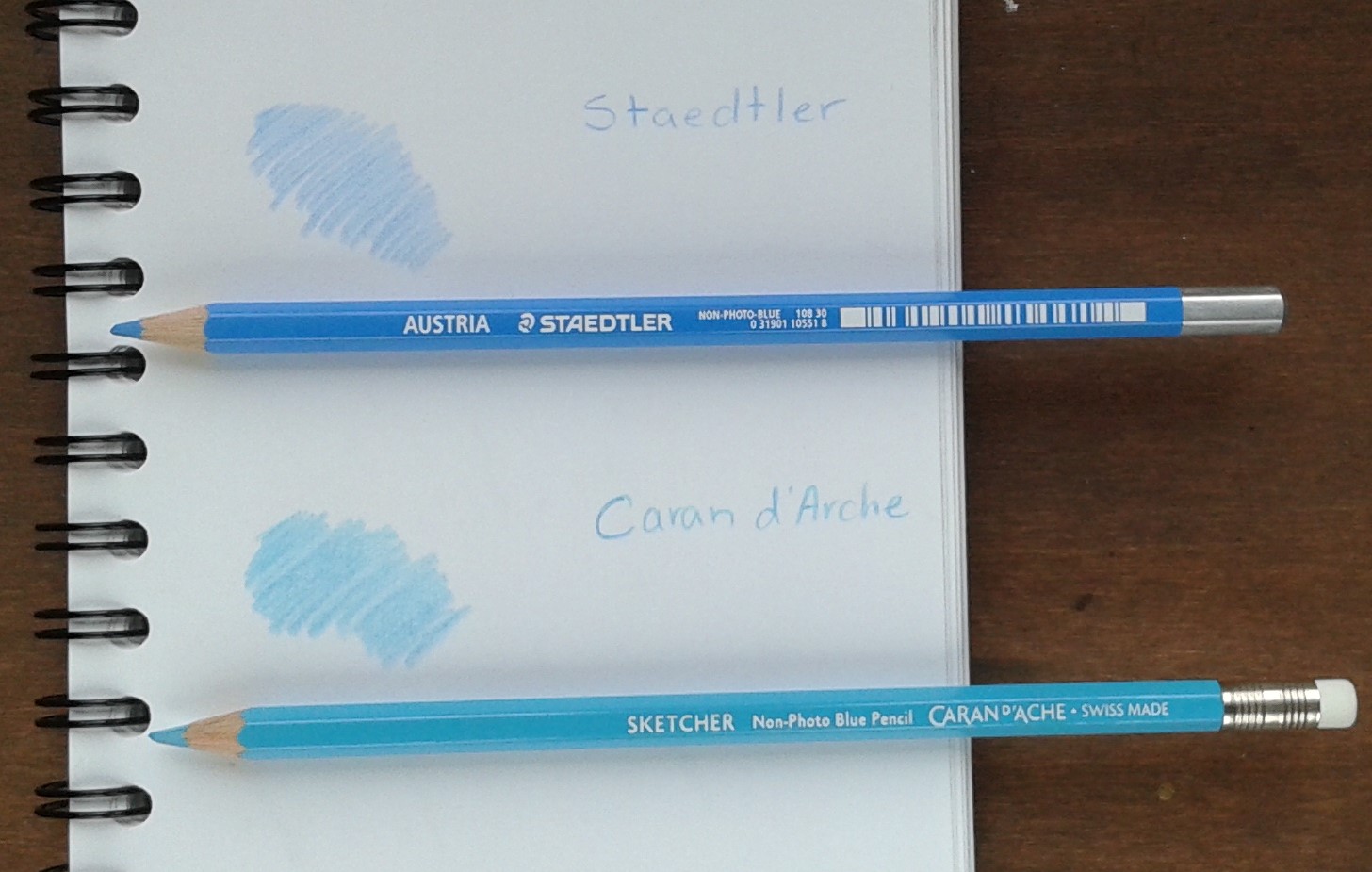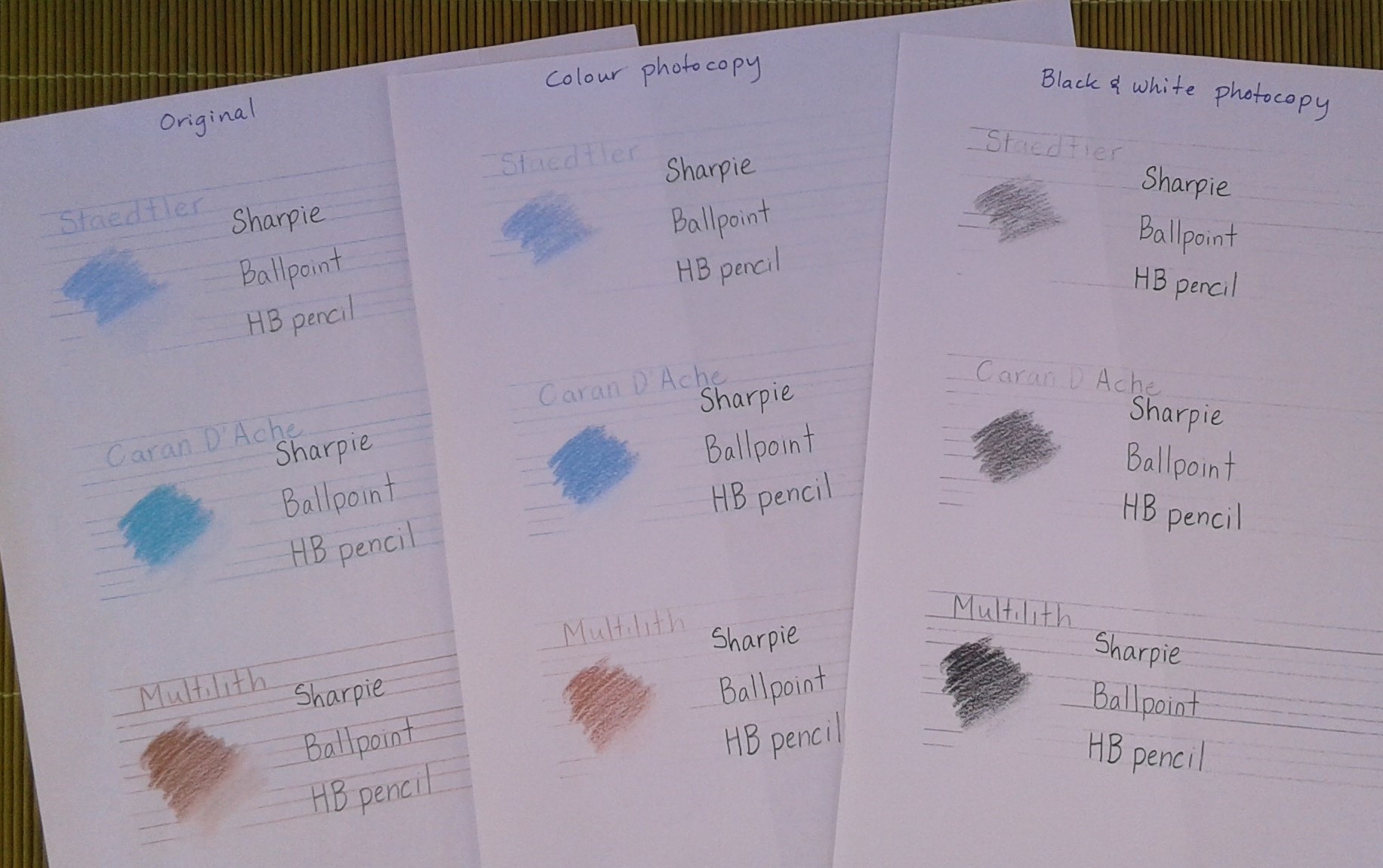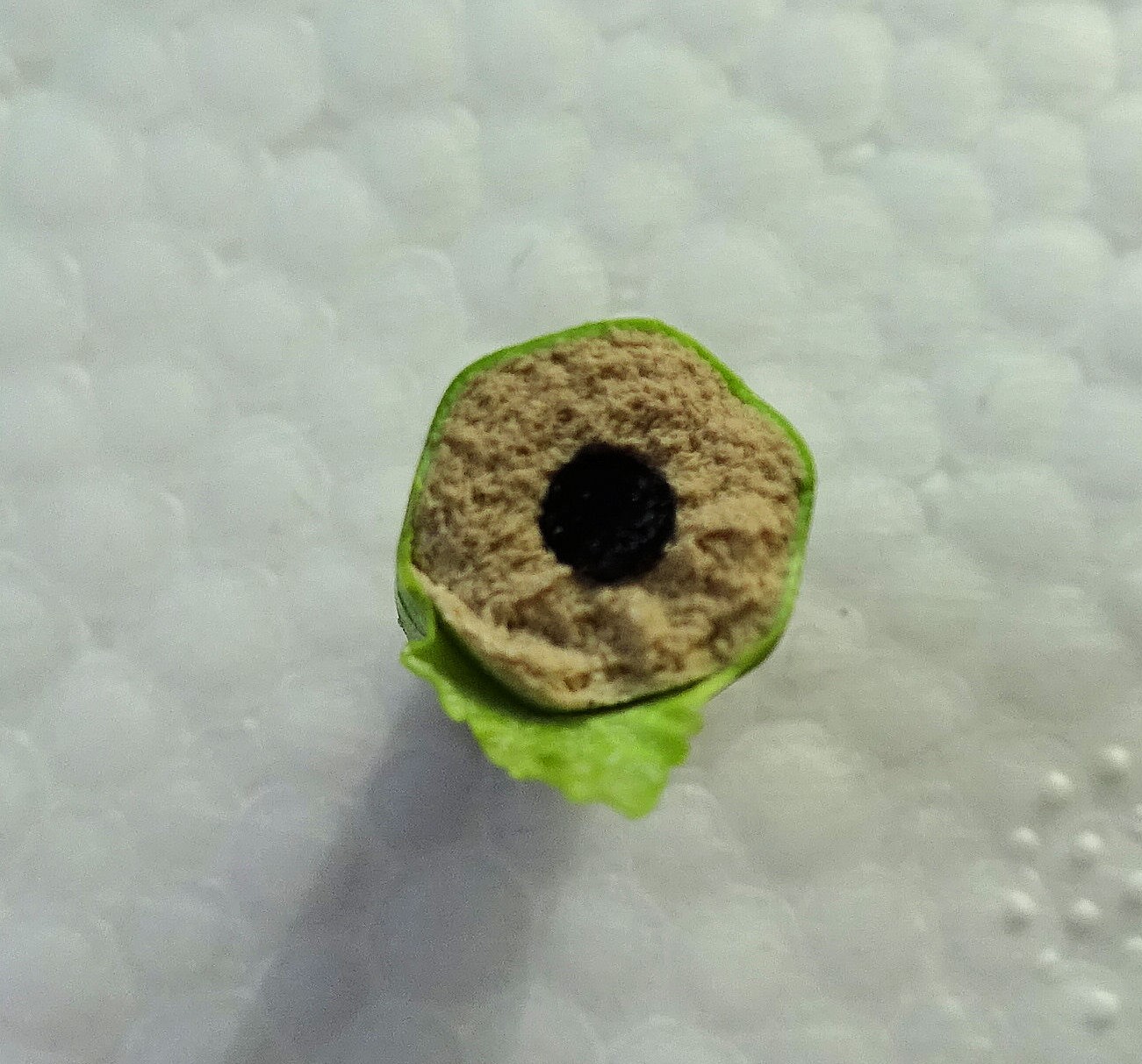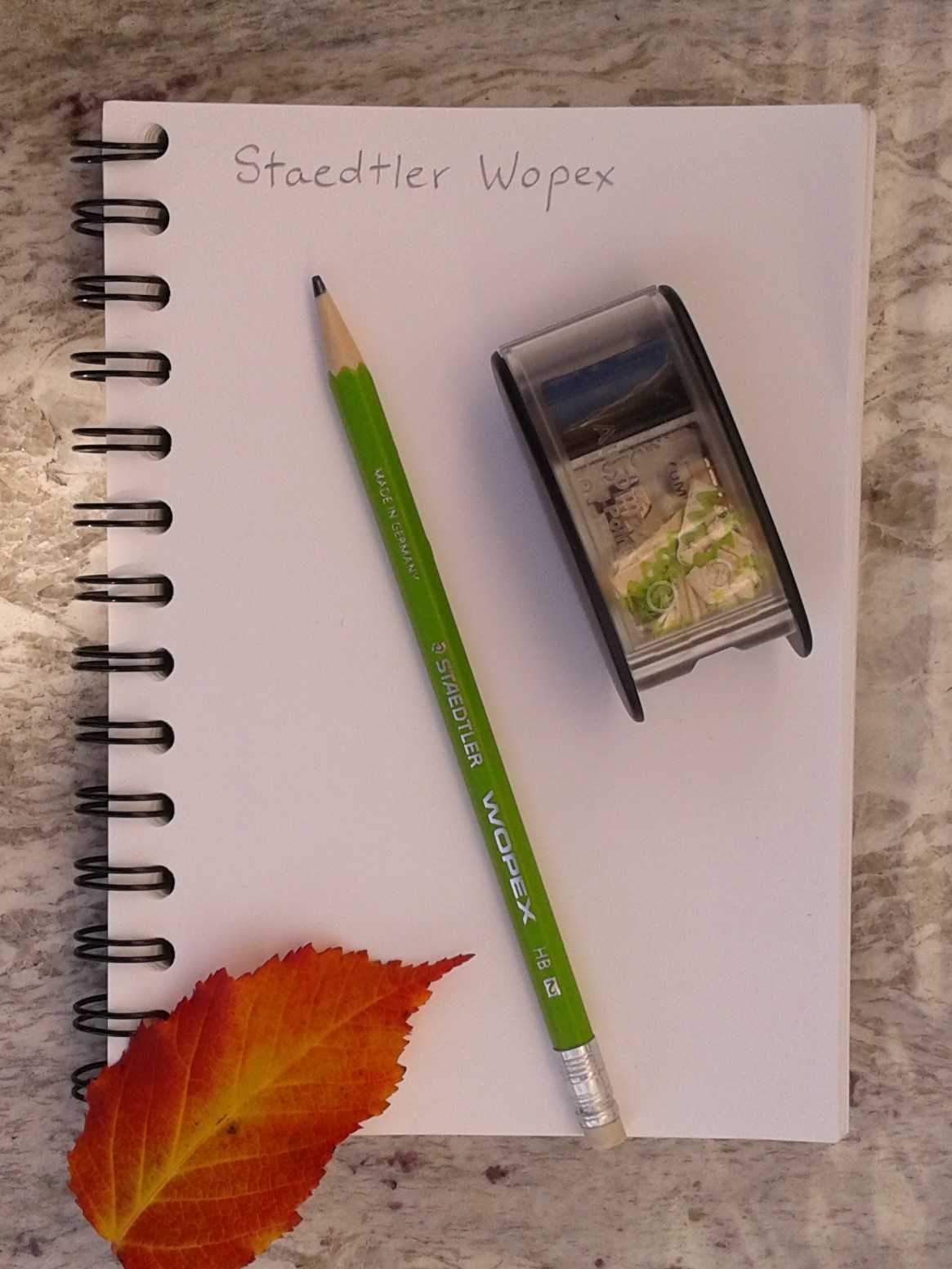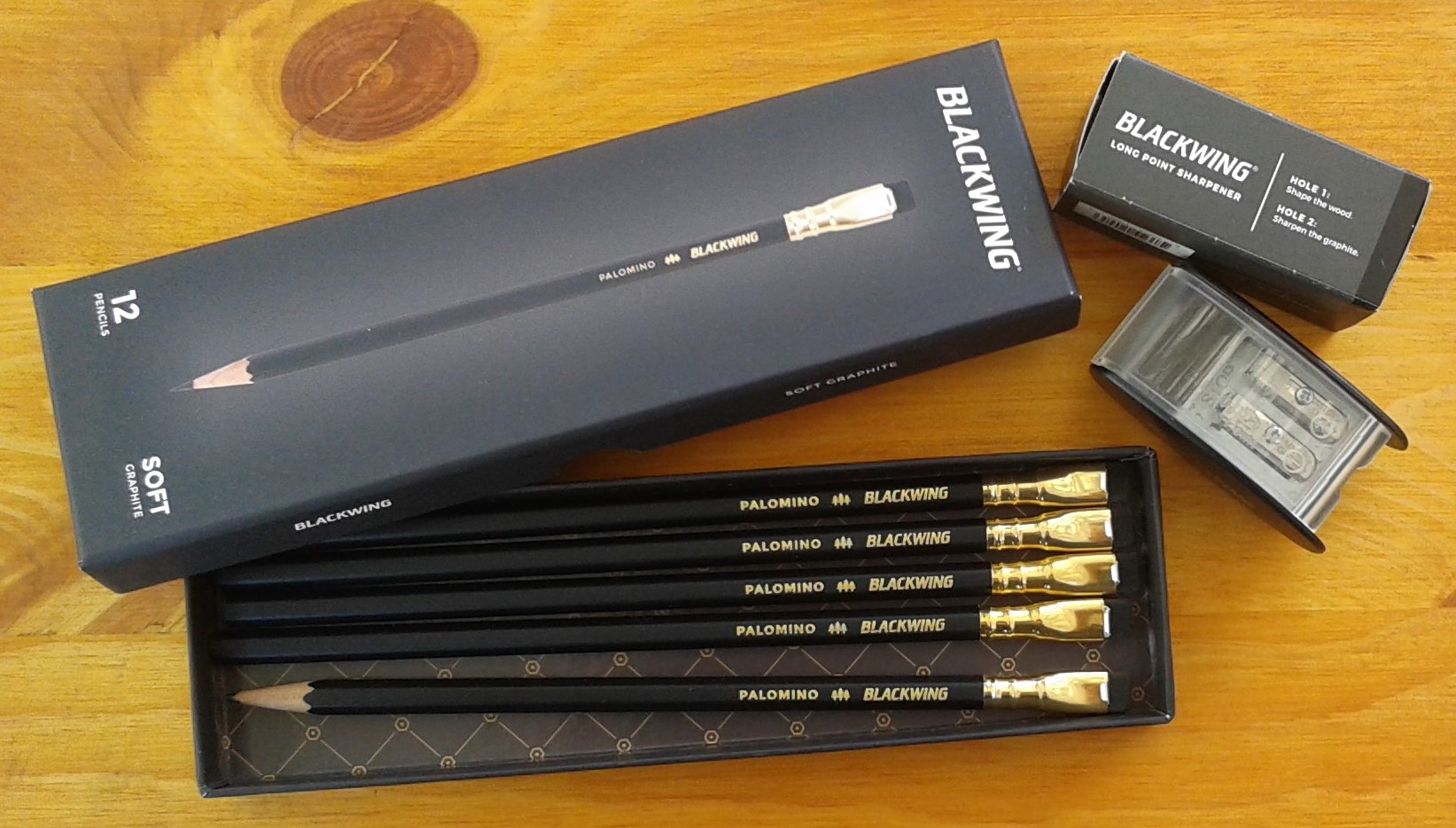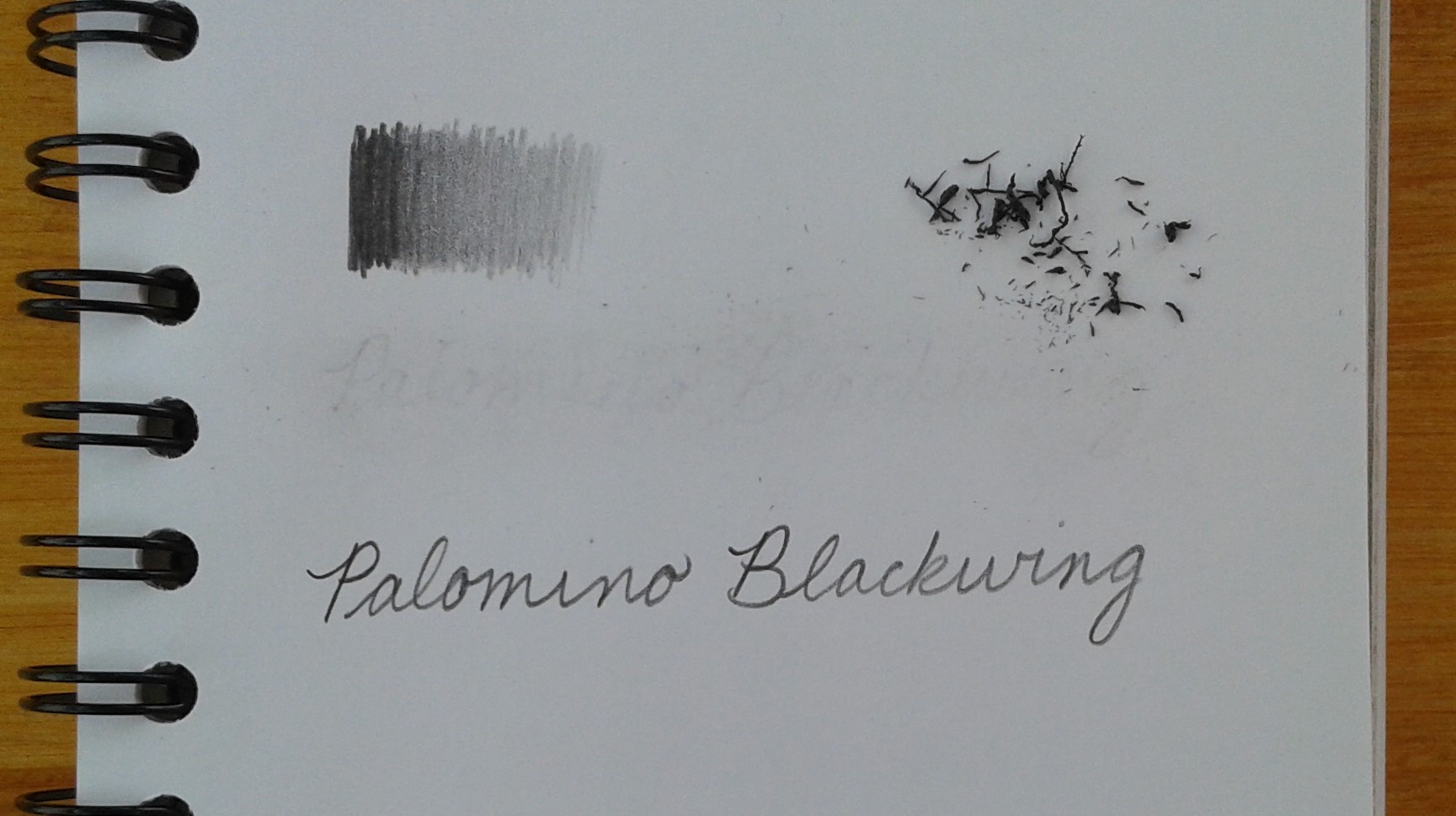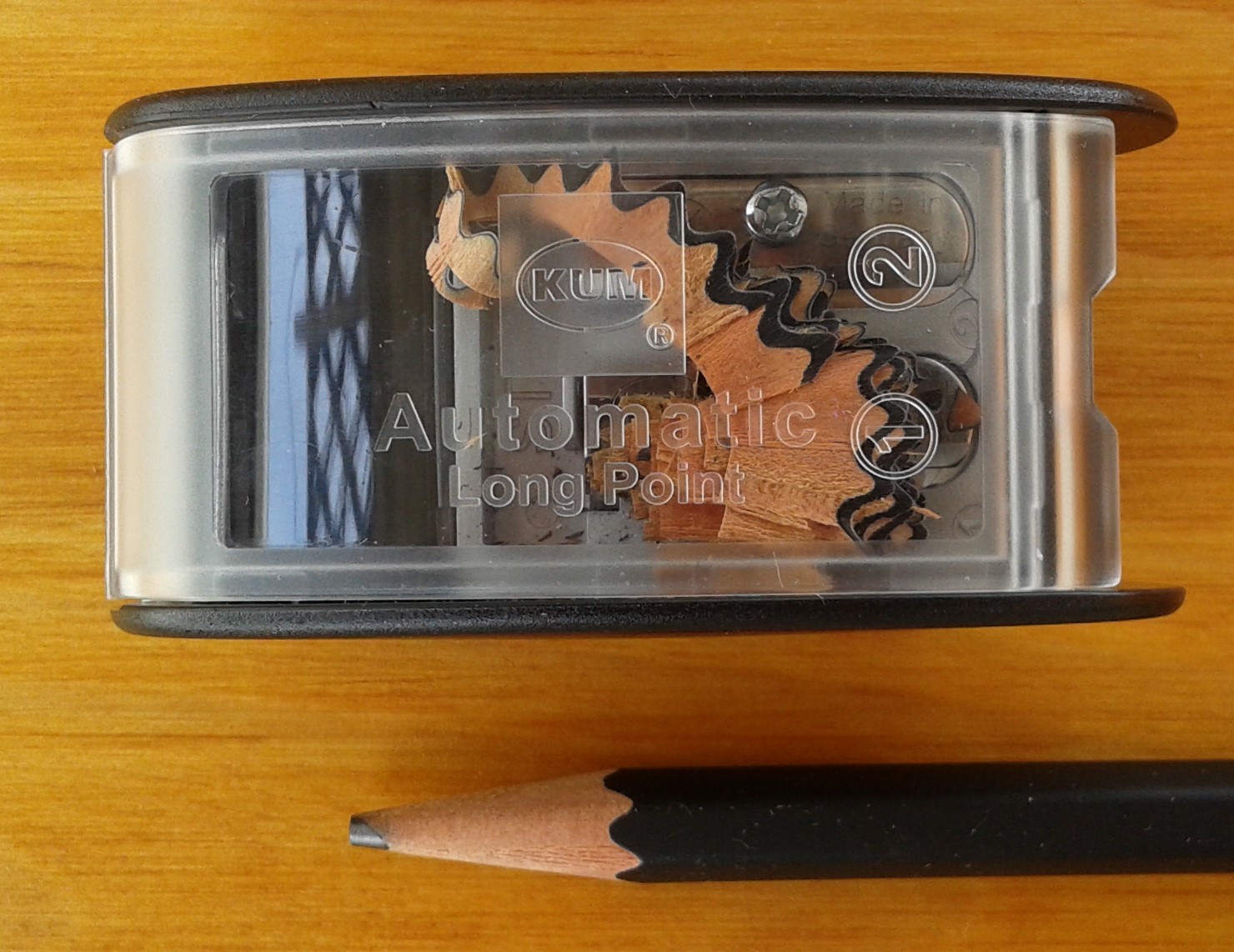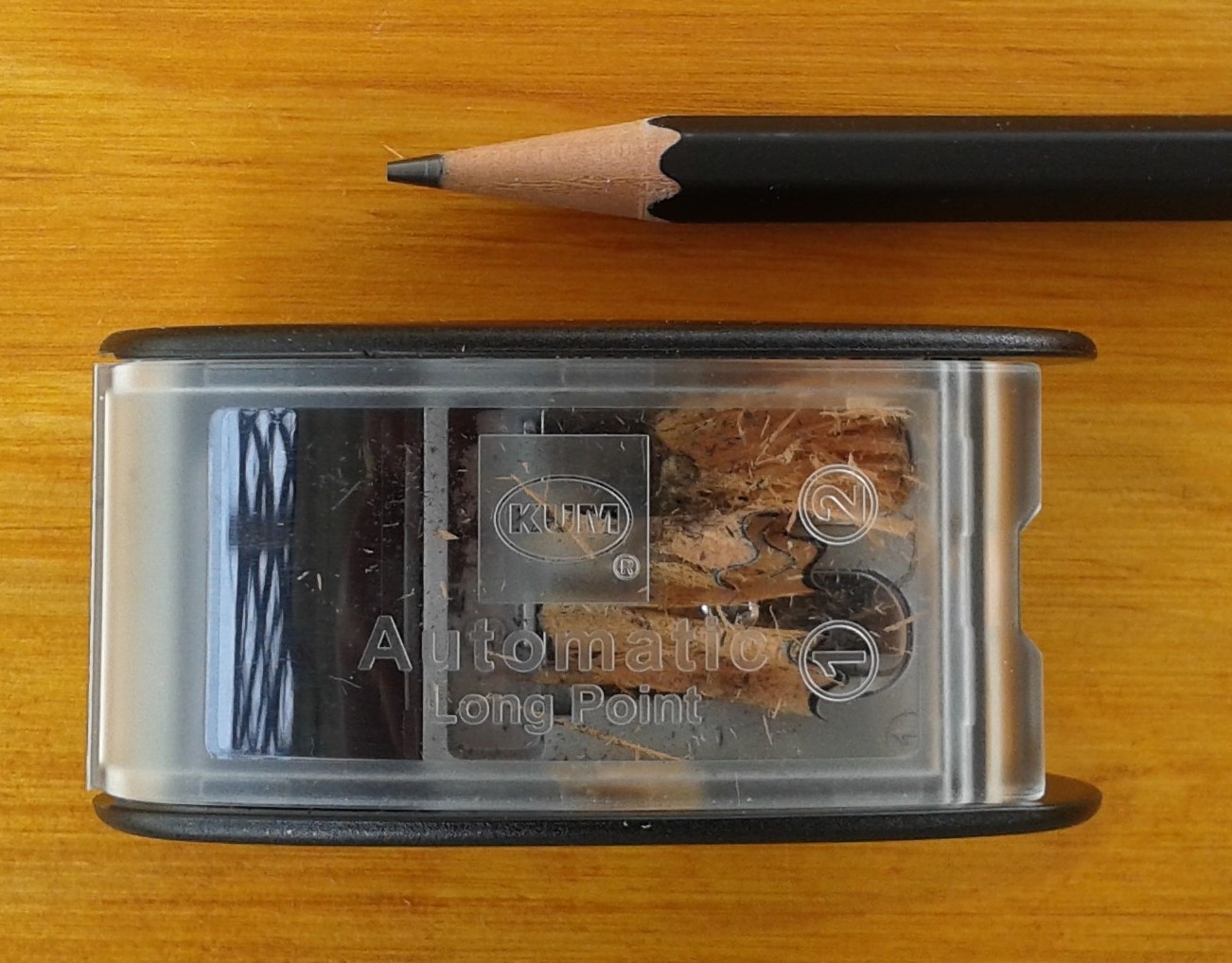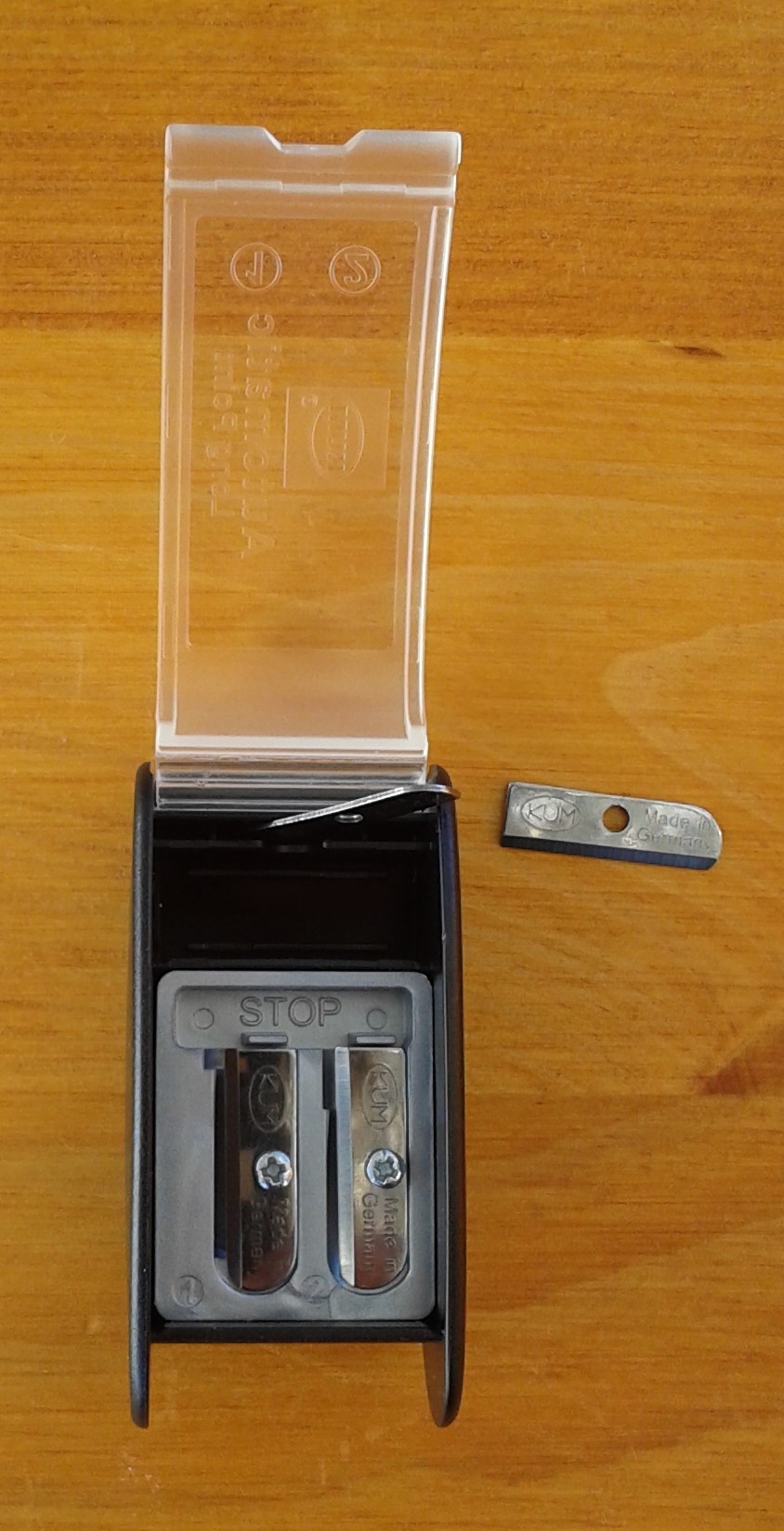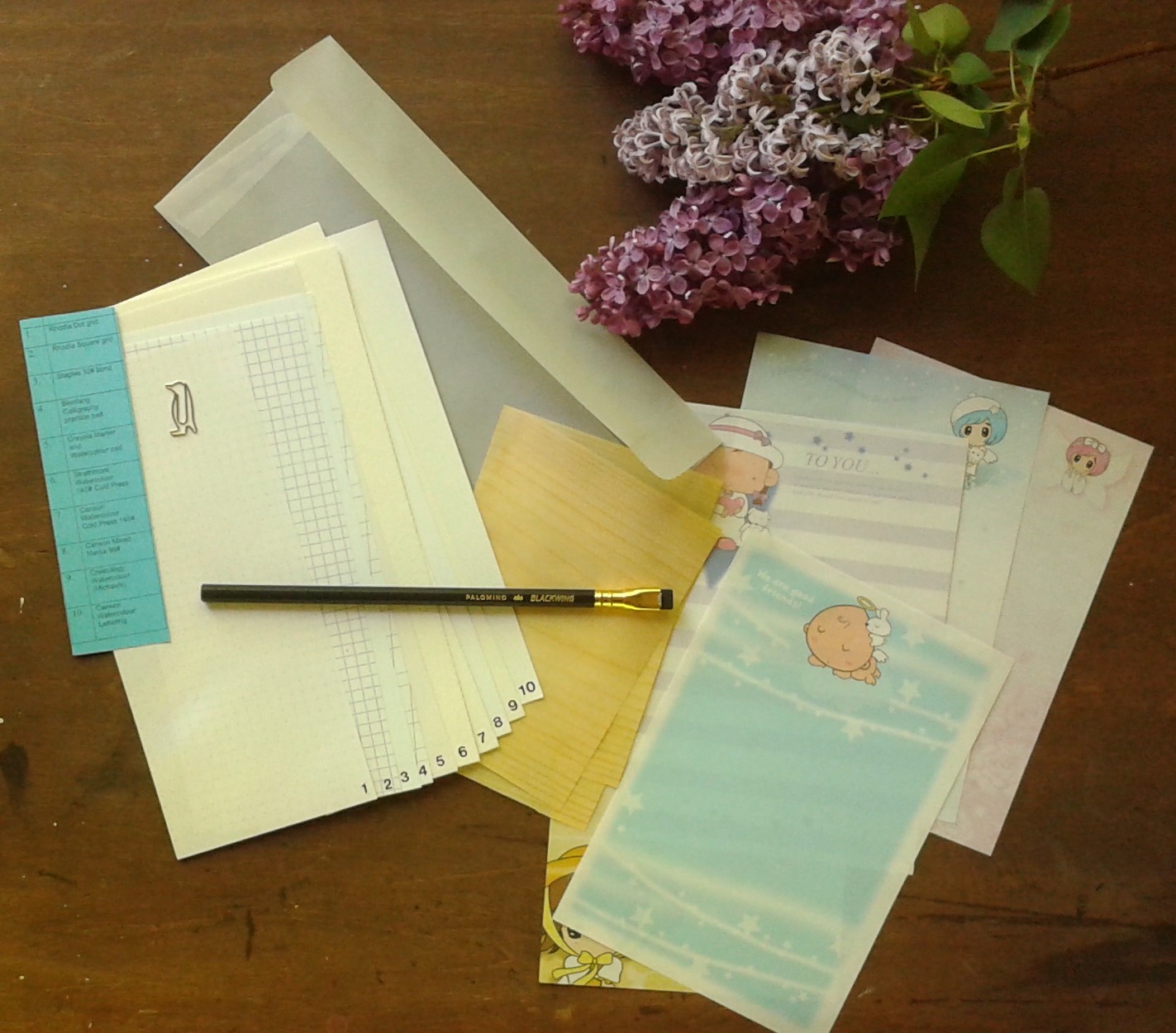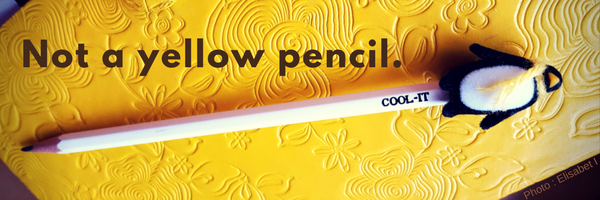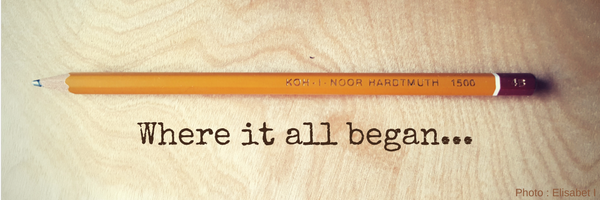
Coming up on March 30, is International Pencil Day. This important date gave me an excuse to look through my hoard to see if I could find a pencil that is a bit different. I have a lot Staedtler pencils but the Staedtler Mars 780, borrowed from my husband’s collection, is unique.
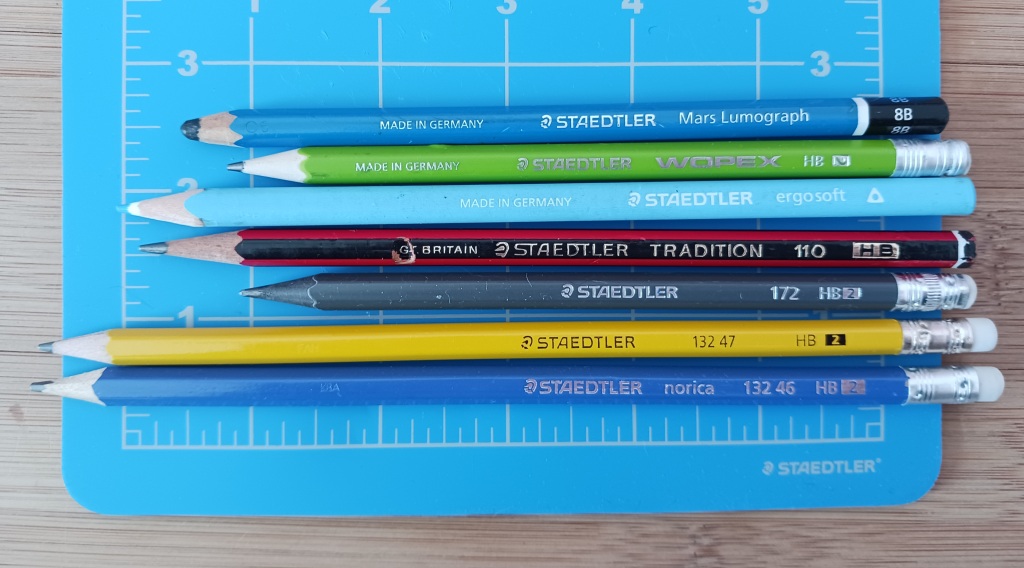
I’ve always just thought of it as a mechanical pencil but actually it is a leadholder. This type of pencil is sometimes called a clutch pencil because the lead is clutched by little metal jaws (technically called a collet) that are opened when the end is pressed down. Gravity then allows the lead to drop down.
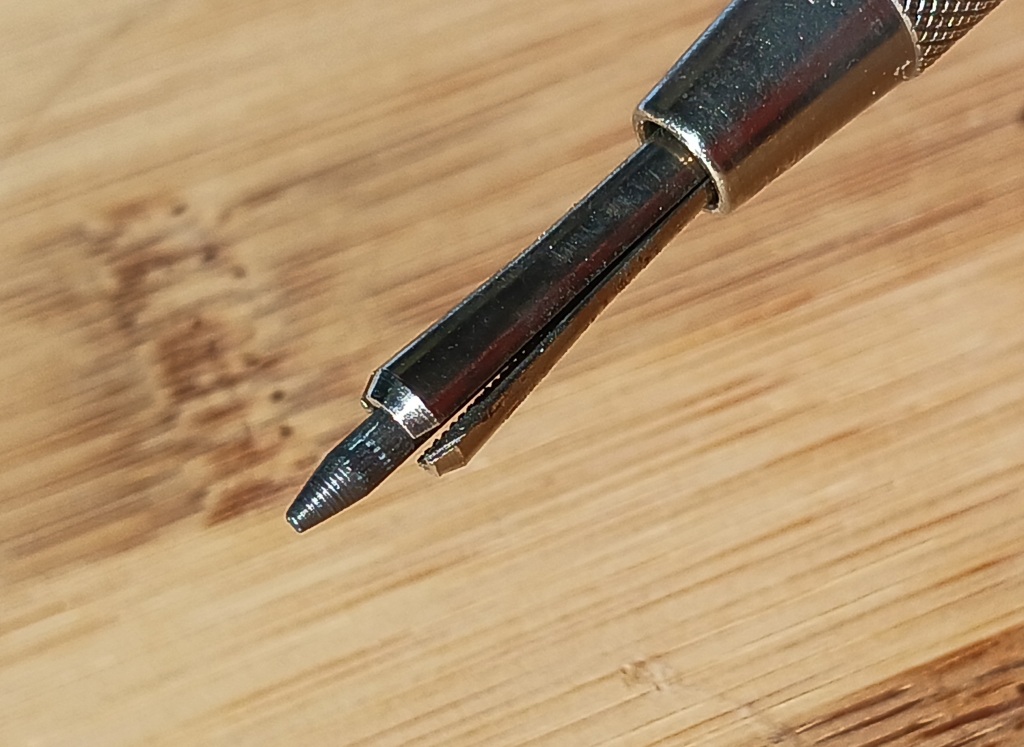
With its clip, push-button, and textured grip zone all made of metal, and its sturdy blue plastic barrel, there is a bit more heft to this pencil compared to a mechanical pencil like the Staedtler Riptide 9840.

The real difference can be seen in the lead, which is much thicker than the very thin leads in a mechanical pencil so they don’t break as easily.



The thicker lead is similar to the width of lead in a standard pencil (2 mm) but of course can’t be sharpened with a regular pencil sharpener. Staedtler solves this problem by building in a little lead sharpener into the push-button end.

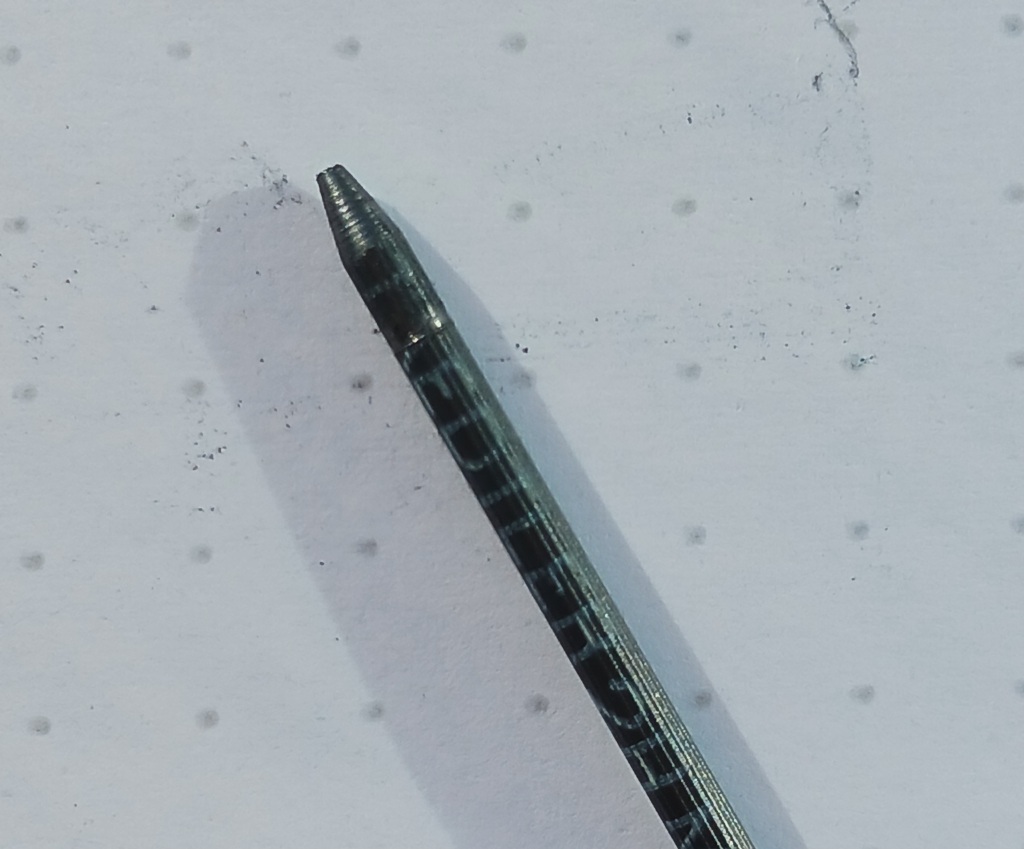
Like most Staedtler products, the Mars 780 is made in Germany, the country where clutch pencils were invented. In 1862, A.W. Faber (of Faber-Castell fame) wanted to come up with a solution for architects and draftsmen frustrated with wooden pencils. What could be frustrating about pencils you may ask? Most people have a preference for just the right length – too long and they are top heavy, too short and they are awkward to hold, so rarely just at the sweet spot. A mechanical pencil is consistently the same length and weight so if you are using it all day it will always feel just right.
If the Staedtler Mars Technico 780 Leadholder was a person, they would be a reliable worker, self-contained, and not afraid to be a bit different.

